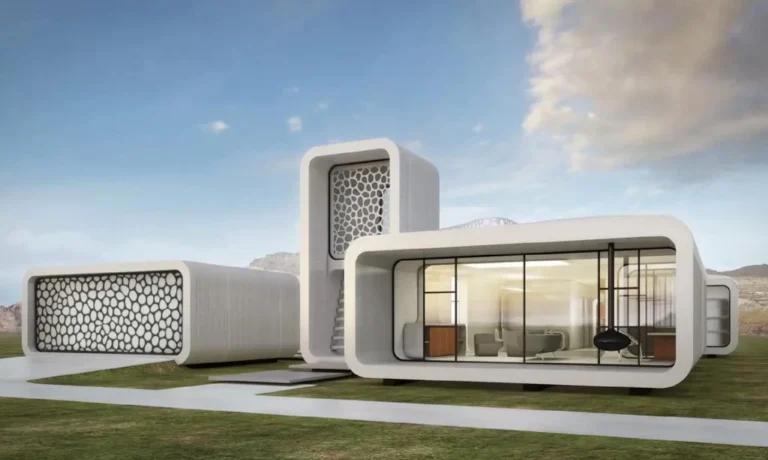The Concept of 3D Printed Buildings

Printing a Dream Home: The Rise of 3D-Printed Buildings
A world where houses are constructed not with bricks and mortar, but layer by layer, like a giant 3D printer. This isn’t science fiction – it’s the future of construction, and 3D-printed buildings are rapidly transforming the architectural landscape.
From Concept to Construction: How 3D Printing is Revolutionizing Building
Traditional construction methods can be time-consuming, labor-intensive, and wasteful. 3D printing offers a revolutionary alternative, creating buildings with:
The Future of Living: The Potential Benefits of 3D-Printed Homes
The implications of 3D-printed buildings extend far beyond just faster construction. Here’s a glimpse into the exciting possibilities:
Building a Brighter Future: Challenges and Considerations
While 3D-printed buildings offer a glimpse into a promising future, there are still challenges to overcome:
The Future is Here: The Dawn of a New Architectural Era
Despite the challenges, 3D-printed buildings represent a significant leap forward in the construction industry. From faster construction times to design innovation and potential cost savings, 3D printing holds immense promise for the future of architecture. As technology continues to develop and regulations adapt, we can expect to see 3D-printed buildings becoming a more commonplace reality, shaping the skylines and communities of tomorrow.